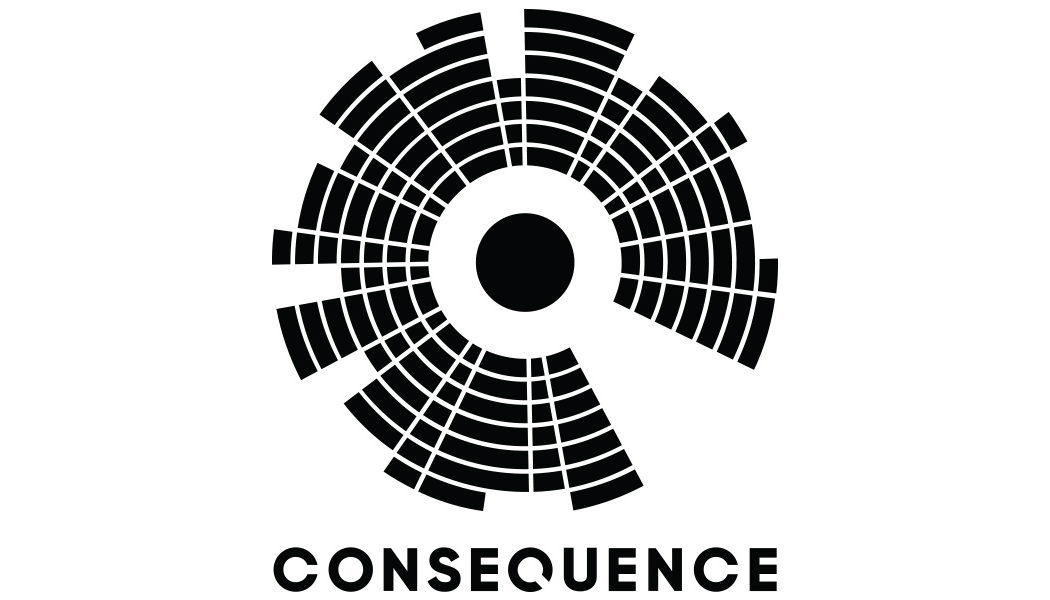The Pitch: Nobody will leave poor John Wick alone! The prolifically murderous hitman (Keanu Reeves, of course) has found himself embroiled in another mega-scaled battle of 3D chess, where the royal pieces belong to a nefarious criminal organization called The High Table, and the pawns are a bunch of jabronis we have fun watching John Wick obliterate.
This time around, our main foe is the Marquis (Bill Skarsgård, doing unfortunate accent work), The High Table’s foppish frontman who ain’t afraid to use and destroy anyone or anything to get what he wants — the head of Mr. Wick, natch. Beyond the typical “offering every hitman in the universe multiple millions of dollars,” he’s collected an eclectic group of rogues to snatch Wick or get snatched themselves, including blind swordsman and Wick’s old friend Caine (the always delightful Donnie Yen) and the dog-loving, mysterious marksman Tracker (Shamier Anderson).
Among all this mayhem, John Wick just might see a bright light leading him out of this underground tunnel. But is a life of peace even a life, when it comes to the man known as Baba Yaga?
Old Dogs: John Wick: Chapter 4, written by Chapter 3 co-writer Shay Hatten and action journeyman Michael Finch, suggests the titular assassin is stuck in an ouroboros of violence. Characters constantly insist to his face that his freedom isn’t possible, that his purpose isn’t to eventually stop killing but to make sure he’s only killing.
It’s an interesting thematic thrust for the fourth part in the unexpected action franchise, one that even flirts with being self-critical of the action franchise apparatus itself (criticism generally being communicated via blunt, inorganic speeches; the inverse of “show, don’t tell”).
Unfortunately, this thematic thrust — a violent, atrophying repetition as raison d’être — seems to have seeped into, and gummed up, the otherwise reliably entertaining visual and physical construction of the film’s essential setpieces. These sequences play without dynamics, heightening, climax, or any other traditionally satisfying element of visual storytelling. Instead, components of combat — whether a point-blank gunshot, cruiserweight wrestling flip, or “dog eating a bad guy’s nuts” — repeat over and over again, with barely any relationship to the previous piece of combat we just witnessed.
</p>
<p> ” data-medium-file=”https://www.wazupnaija.com/wp-content/uploads/2023/03/in-john-wick-chapter-4-brilliant-fights-are-less-than-the-sum-of-their-punches-review-1.jpg?quality=80&w=300″ data-large-file=”https://www.wazupnaija.com/wp-content/uploads/2023/03/in-john-wick-chapter-4-brilliant-fights-are-less-than-the-sum-of-their-punches-review-1.jpg?quality=80&w=1024″ onerror=”this.src=’https://www.wazupnaija.com/wp-content/uploads/2023/03/in-john-wick-chapter-4-brilliant-fights-are-less-than-the-sum-of-their-punches-review.jpg'” decoding=”async” loading=”lazy” class=”size-full wp-image-1278411″ src=”https://www.wazupnaija.com/wp-content/uploads/2023/03/in-john-wick-chapter-4-brilliant-fights-are-less-than-the-sum-of-their-punches-review-1.jpg?quality=80&resize=1031%2C580&strip” alt=”john-wick-chapter-4-keanu-reeves-2″ width=”100%” srcset=”https://www.wazupnaija.com/wp-content/uploads/2023/03/in-john-wick-chapter-4-brilliant-fights-are-less-than-the-sum-of-their-punches-review-1.jpg 1200w, https://www.wazupnaija.com/wp-content/uploads/2023/03/in-john-wick-chapter-4-brilliant-fights-are-less-than-the-sum-of-their-punches-review-1.jpg?resize=150,84 150w, https://www.wazupnaija.com/wp-content/uploads/2023/03/in-john-wick-chapter-4-brilliant-fights-are-less-than-the-sum-of-their-punches-review-1.jpg?resize=300,169 300w, https://www.wazupnaija.com/wp-content/uploads/2023/03/in-john-wick-chapter-4-brilliant-fights-are-less-than-the-sum-of-their-punches-review-1.jpg?resize=768,432 768w, https://www.wazupnaija.com/wp-content/uploads/2023/03/in-john-wick-chapter-4-brilliant-fights-are-less-than-the-sum-of-their-punches-review-1.jpg?resize=1024,576 1024w, https://www.wazupnaija.com/wp-content/uploads/2023/03/in-john-wick-chapter-4-brilliant-fights-are-less-than-the-sum-of-their-punches-review-1.jpg?resize=1031,580 1031w, https://www.wazupnaija.com/wp-content/uploads/2023/03/in-john-wick-chapter-4-brilliant-fights-are-less-than-the-sum-of-their-punches-review-1.jpg?resize=590,332 590w, https://www.wazupnaija.com/wp-content/uploads/2023/03/in-john-wick-chapter-4-brilliant-fights-are-less-than-the-sum-of-their-punches-review-1.jpg?resize=278,156 278w, https://www.wazupnaija.com/wp-content/uploads/2023/03/in-john-wick-chapter-4-brilliant-fights-are-less-than-the-sum-of-their-punches-review-1.jpg?resize=173,97 173w, https://www.wazupnaija.com/wp-content/uploads/2023/03/in-john-wick-chapter-4-brilliant-fights-are-less-than-the-sum-of-their-punches-review-1.jpg?resize=140,79 140w, https://www.wazupnaija.com/wp-content/uploads/2023/03/in-john-wick-chapter-4-brilliant-fights-are-less-than-the-sum-of-their-punches-review-1.jpg?resize=198,111 198w, https://www.wazupnaija.com/wp-content/uploads/2023/03/in-john-wick-chapter-4-brilliant-fights-are-less-than-the-sum-of-their-punches-review-1.jpg?resize=674,378 674w” sizes=”(max-width: 1024px) 100vw, 1024px”></p>
<p id=) John Wick: Chapter 4 (Lionsgate)
John Wick: Chapter 4 (Lionsgate)








